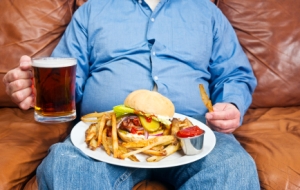 No that’s not a misprint in the title, today we tackle another common fitness myth that I have heard time and time again: “If you want to lose weight you need to eat fewer calories than you burn off in a day”. Sound familiar? Now, depending on your size and gender you’ve probably been given a calorie goal somewhere between 1200-1500 calories a day.
No that’s not a misprint in the title, today we tackle another common fitness myth that I have heard time and time again: “If you want to lose weight you need to eat fewer calories than you burn off in a day”. Sound familiar? Now, depending on your size and gender you’ve probably been given a calorie goal somewhere between 1200-1500 calories a day.
Although this “could” happen to be your goal, in reality you’re calorie goal should be based on your Basil Metabolic Rate (BMR) and your level of activity. Your BMR is the number of calories your body burns at rest in a 24 hour period. In other words, it’s the amount of fuel your body needs to continue sustaining life. So how do you obtain this magic number? According to a formula provided in a 1990 study that appeared in the American Journal of Clinical Nutrition, Basil Metabolic Rate is equal to:

from wikipedia: http://en.wikipedia.org/wiki/Basal_metabolic_rate
It’s that simple! (insert sarcasm here)
Obviously the calculation is complicated and further studies have even included variables such as lean body mass and physiological elements. The good news is there are tools out there that provide these measurements for you. Although there seem to be some decent lower-cost, home products on the market, at Body Blocks we use a medical grade body composition analyzer called the InBody520. This piece of equipment provides us with a number of measurements (including BMR) which allow us to understand the unique physiology of each of our clients.

Now that we know how to get them, let’s look at what the numbers mean.
If you’re BMR is 1500 and you’re eating a recommended 1200 calories, you are not even providing your body enough fuel to make it through the day (and that’s if you were at rest all day). Since most individuals have some level of activity throughout the day, walking, climbing stairs, talking, exercising, etc. The true caloric deficit that they are experiencing is even greater than the 300 calories that is represented here.
 If you think about your body as if it were a race car and that car required 11 quarts of oil to operate efficiently. If you decided to put only 5 quarts in, the car will still run, but at some point during the race it’s going to break down. Additionally the car’s support systems would experience increased stress, overheating, and in some cases permanent damage as they are forced to work with insufficient resources. Your body and it’s support systems respond in a very similar manner.
If you think about your body as if it were a race car and that car required 11 quarts of oil to operate efficiently. If you decided to put only 5 quarts in, the car will still run, but at some point during the race it’s going to break down. Additionally the car’s support systems would experience increased stress, overheating, and in some cases permanent damage as they are forced to work with insufficient resources. Your body and it’s support systems respond in a very similar manner.
Unlike a race car, our bodies are able to interpret and adapt to changes in the environment. This means that when the body recognizes a pattern of high caloric deficits, it interprets this as starvation and goes into survival mode. At this point it starts managing fuel in an effort preserve energy, this means that it distributes the energy to essential life support systems while shutting down other systems and functions. Clearly this is probably not the result that most people would be looking for from their diet.
The best way to manage your weight is to understand how your body works. The first step is to learn your BMR. Keep in mind that your BMR increases as you increase your lean muscle mass. Put simply this means that the more lean muscle mass you add, the more  you will NEED to eat for your body to operate efficiently. It also means that you will have to monitor your BMR on a consistent basis to ensure that you are always eating at least what your body needs to survive. Any attempts to lose weight should use strategies that reduce the extra calories that are consumed in addition to the BMR. This means that many of you will have to actually eat more if you want to effectively lose weight.
you will NEED to eat for your body to operate efficiently. It also means that you will have to monitor your BMR on a consistent basis to ensure that you are always eating at least what your body needs to survive. Any attempts to lose weight should use strategies that reduce the extra calories that are consumed in addition to the BMR. This means that many of you will have to actually eat more if you want to effectively lose weight.
I hope that this article helps clarify this common fitness myth and empowers you with the knowledge necessary to achieve your fitness goals.
Read More »



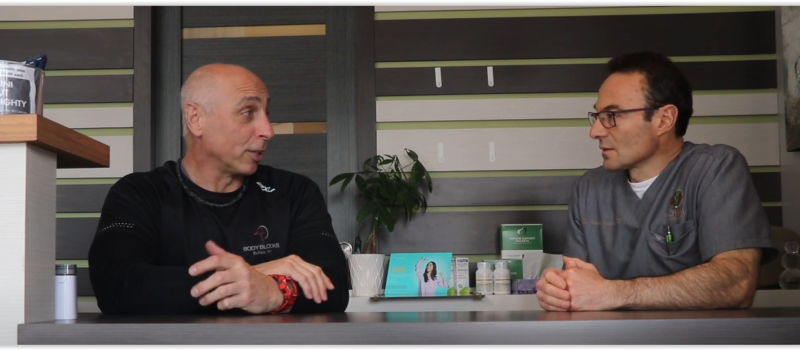


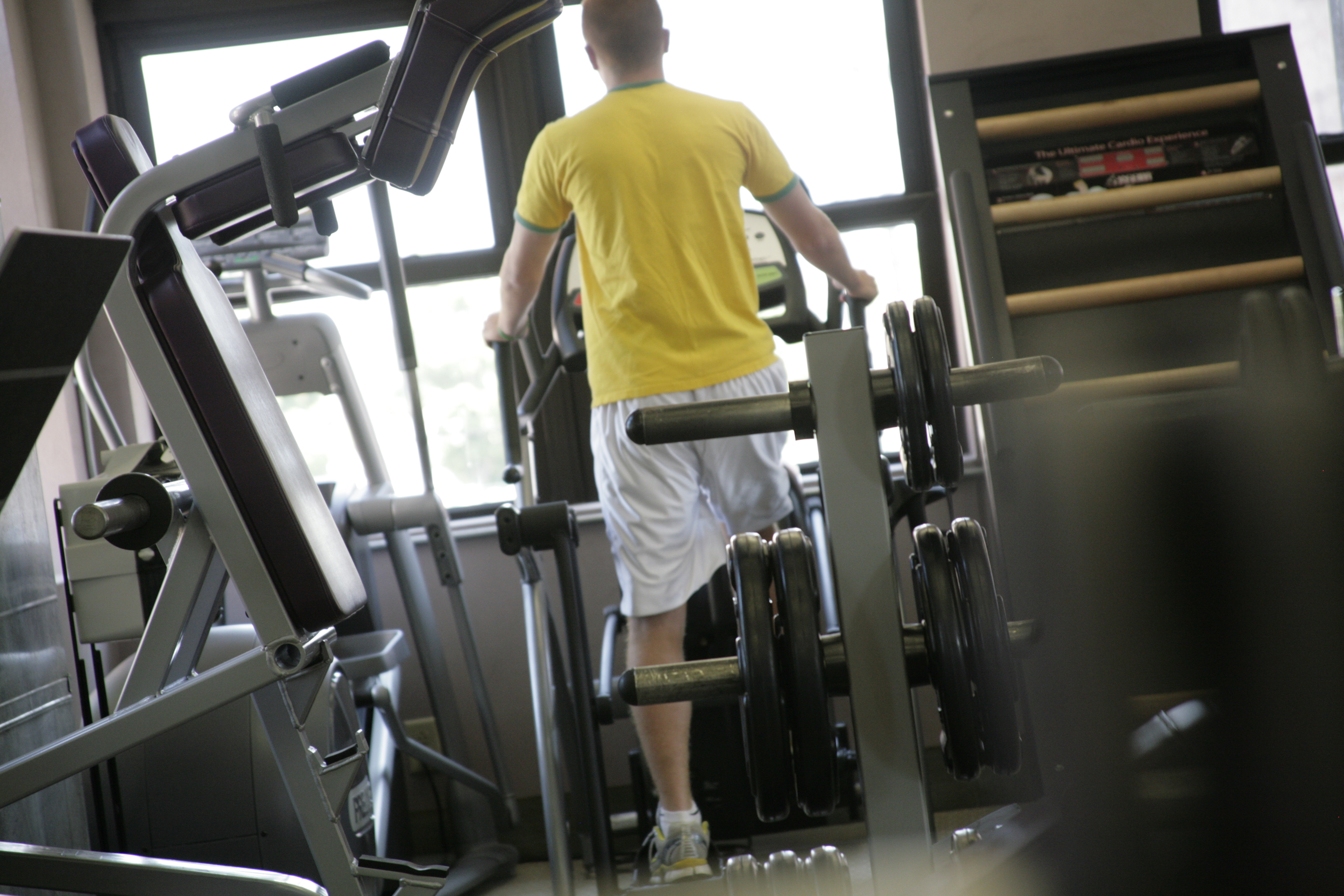
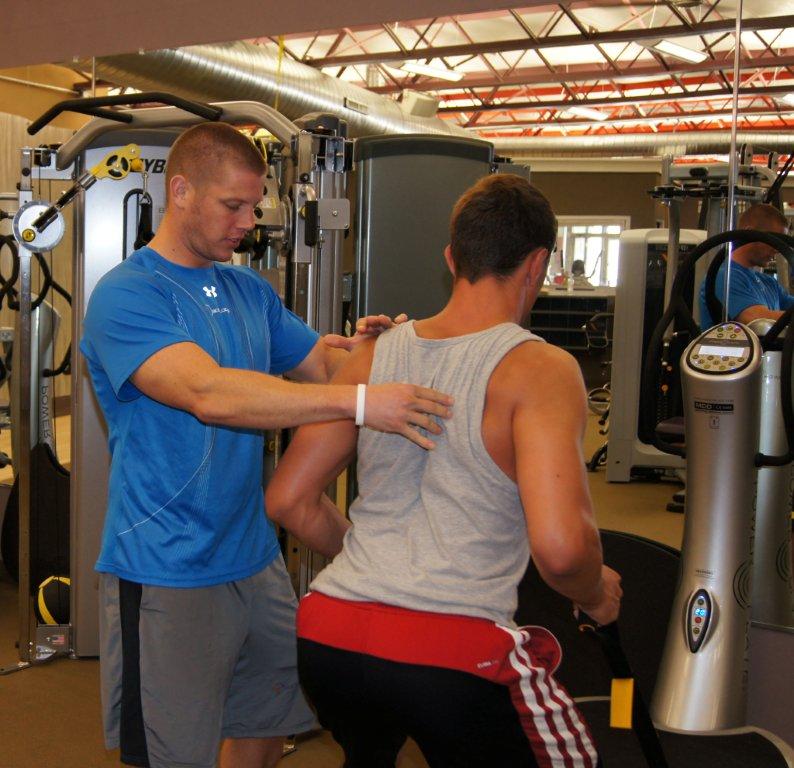

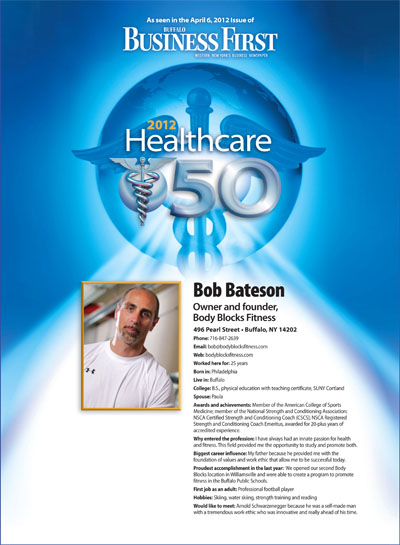







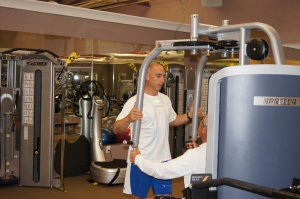

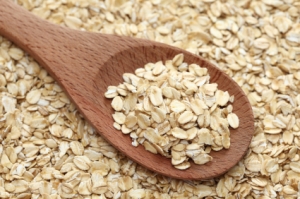
 body mass. Don’t try and eat your recommended amount of protein. Try adding in a supplement like a high quality protein powder to your diet.Proteins are used by our body to rebuild tissue. We tend to be a more protein deficient society because they have to be prepared and we see them as less convenient. Protein also helps to stabilize insulin levels in our bodies.
body mass. Don’t try and eat your recommended amount of protein. Try adding in a supplement like a high quality protein powder to your diet.Proteins are used by our body to rebuild tissue. We tend to be a more protein deficient society because they have to be prepared and we see them as less convenient. Protein also helps to stabilize insulin levels in our bodies.

